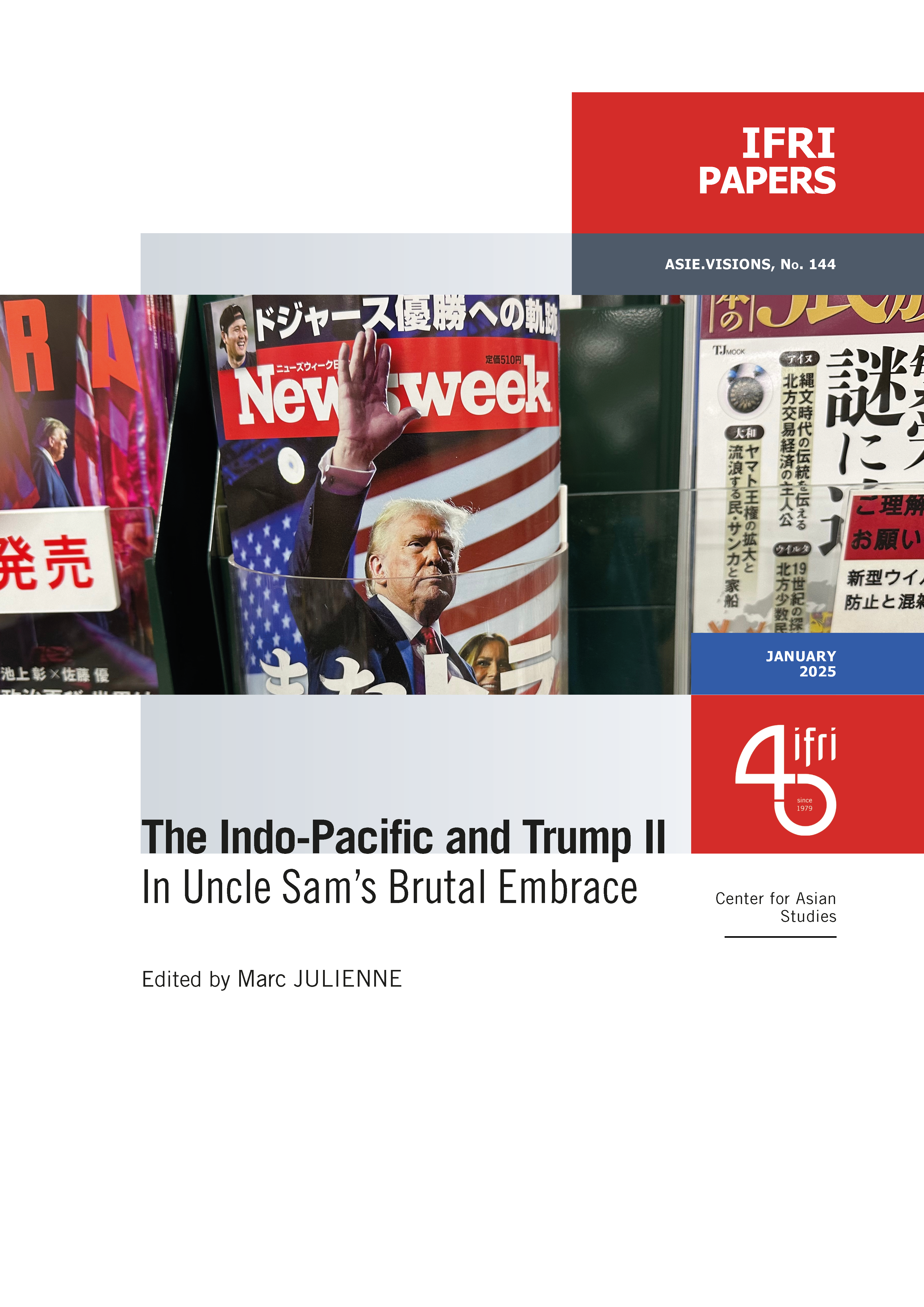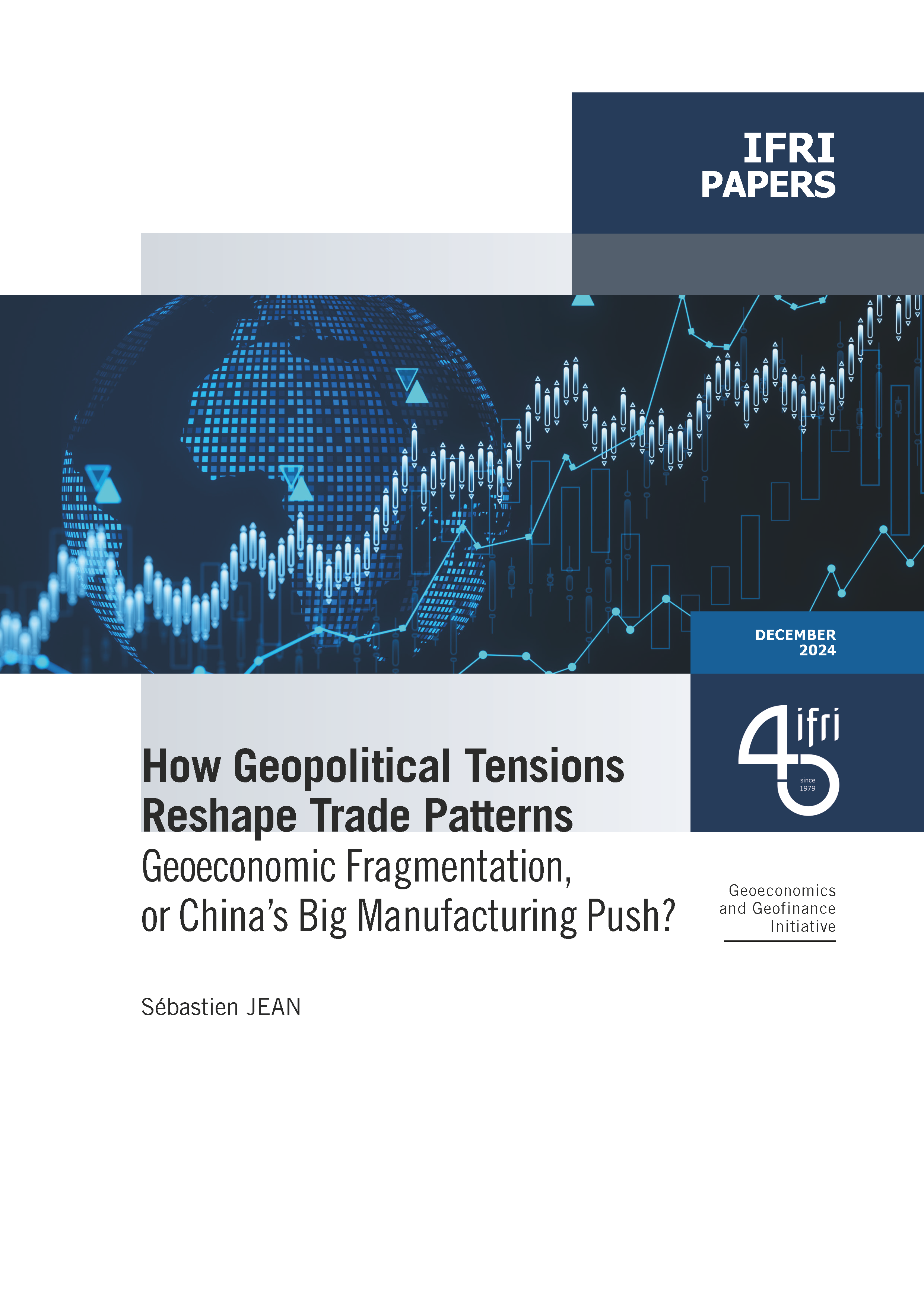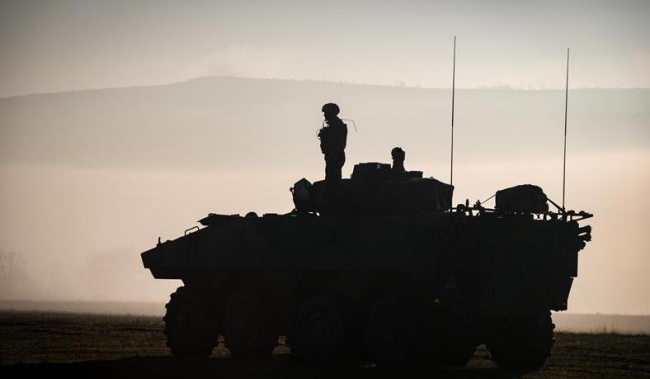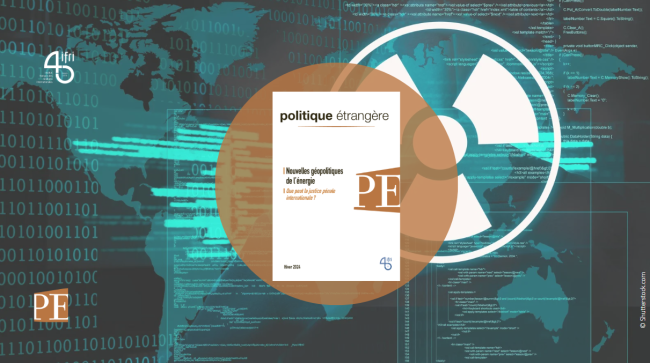Strategic Stability in the Cold War: Lessons for Continuing Challenges
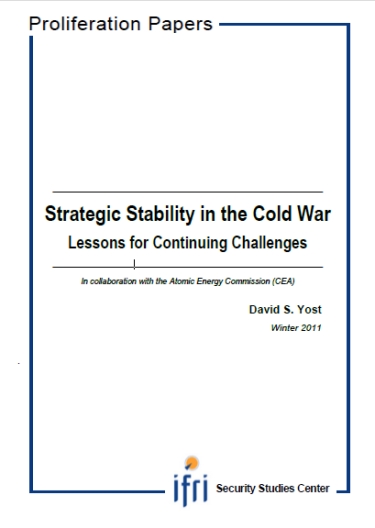
During the Cold War, the phrase “strategic stability” gained currency both as a foreign policy objective and as an apt way of describing the fact that the United States and the Soviet Union never actually went to war.
To what extent did U.S. analytical models concerning “crisis stability,” “first-strike stability,” and “arms race stability” - and policies based on these models - contribute to the avoidance of war between the United States and the Soviet Union? This paper argues that, in light of Soviet and U.S. behavior at the time and in view of what has subsequently been learned about Soviet policies and decision-making, the proponents of these models have overestimated their utility. Today, the expression “strategic stability” is still widely used, for example in the U.S. 2010 Nuclear Posture Review Report. For this reason, and in the context of the forthcoming bilateral nuclear reductions, it may be useful to critically examine the cogency and relevance of these U.S. models from the Cold War period with a view to identifying lessons for current challenges.

Available in:
Regions and themes
ISBN / ISSN
Share
Download the full analysis
This page contains only a summary of our work. If you would like to have access to all the information from our research on the subject, you can download the full version in PDF format.
Strategic Stability in the Cold War: Lessons for Continuing Challenges
Related centers and programs
Discover our other research centers and programsFind out more
Discover all our analysesDeep Precision Strikes: A New Tool for Strategic Competition?
Reaching deep into the enemy’s system to weaken it and facilitate the achievement of operational or strategic objectives is a key goal for armed forces. What capabilities are required to conduct deep strikes in the dual context of high-intensity conflict and strengthened enemy defenses?
From Cuba to Ukraine: Strategic Signaling and Nuclear Deterrence
Strategic signaling—the range of signs and maneuvers intended, in peace time, to lend credibility to any threat to use nuclear weapons—is back.
Return to the East: the Russian Threat and the French Pivot to Europe's Eastern Flank
Russia’s full-scale invasion of Ukraine on February 24, 2022, has flung Europe’s Eastern flank into a new phase of strategic confrontation. It has had a major effect on France’s position, which was previously somewhat timid, leading it to significantly reinforce its deterrence and defense posture in support of the collective defense of Europe, in the name of strategic solidarity and the protection of its security interests.
Military Stockpiles: A Life-Insurance Policy in a High-Intensity Conflict?
The war in Ukraine is a reminder of the place of attrition from high-intensity conflict in European armies that have been cut to the bone after three decades of budget cuts. All European forces have had to reduce their stocks to the bare minimum. As a result, support to Ukraine has meant a significant drain on their operational capabilities. A significant amount of decommissioned systems were also donated, due to the lack of depth in operational fleets.


